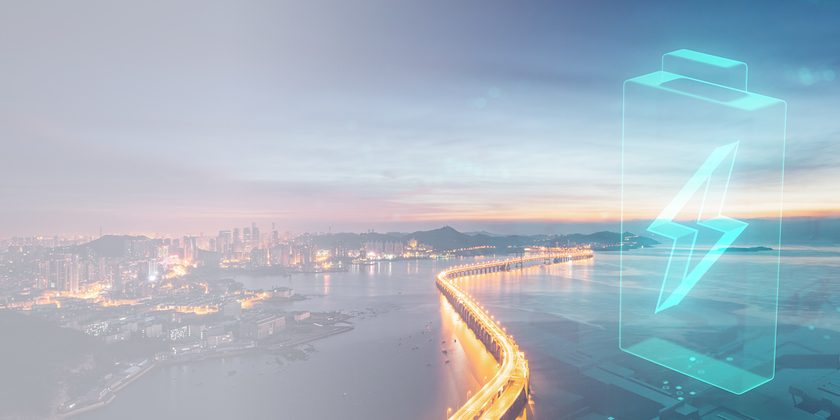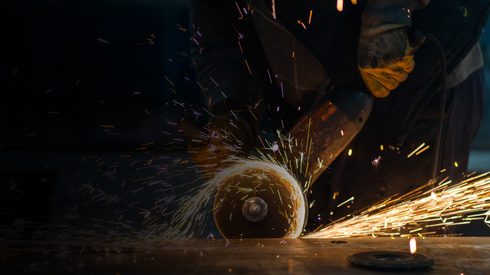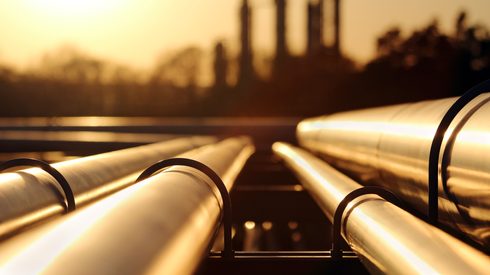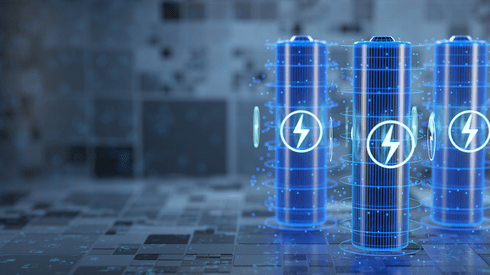The Mineração Serra Verde project, owned by energy transition-focused private equity firm Denham Capital, is in the final stages of commissioning and is scheduled to launch ionic clay rare earth production by the end of this year.
Planned phase 1 output is large by industry standards, at around 5,000 tonnes per year of rare earth oxides contained in concentrate. Importantly, this will include both the light rare earths neodymium and praseodymium and the heavy rare earths dysprosium and terbium, which are all needed for high-performance neodymium iron boron (NdFeB) magnets for the engines of electric vehicles (EVs).
Neodymium and praseodymium are used in the largest amount in NdFeB magnets, but trace quantities of dysprosium and terbium are critical for maintaining the performance of these magnets at high temperatures inside an EV engine.
Global production of heavy rare earth ores is concentrated in Myanmar, and supply is frequently disrupted. This is accelerating the search for new sources of supply to meet growing demand from the automotive sector.
Serra Verde’s plant, located in Minaçu, a city at the Brazilian midwestern Goiás state, has a mine life of about 25 years at around 5,000 tpy. The company may advance to a second phase of production, which could double the run of mine output by the end of the decade.
A Serra Verde spokesperson told Fastmarkets that offtake agreements have already been concluded for a large share of phase I production in the coming years.
The company has not disclosed the identity of its largest customer, but market participants point out that China is currently the only major commercial producer of refined heavy rare earth products. That said, new heavy rare earth refining projects are expected to come online around the world – including in the US and Canada – in the next 2-5 years.
A sleeping rare earth giant
Brazil has the third largest reserves of rare earths in the world according to the US Geological Survey (USGS), with 21 million tonnes. The latest USGS report puts China first, with 44 million tonnes, followed by Vietnam, with 22 million tonnes. Russia shares the third spot, also with 21 million tonnes.
China is currently the only country with a fully vertically integrated supply chain for rare earths magnets and is also the largest consumer of rare earth raw materials. Japan is the only other nation with a large, highly developed magnet industry.
The introduction of Chinese export controls on semiconductor metals gallium and germanium in August this year has raised concerns about security of supply, in part because gallium metal is also an important additive in high performance NdFeB magnets.
It has also revived memories of a political dispute thirteen years ago that resulted in severe disruption to exports of Chinese refined rare earth materials and triggered a global market panic.
Current production in Brazil is a fraction of its potential. The USGS estimates that Brazil produced 80 tonnes of rare earth raw materials last year out of total global supply of 300,000 tonnes.
Mineral research requests have soared in recent years according to Brazil’s National Mining Agency – up by 70% from the number in 2021 to 155. Most were for rare earths exploration in Goiás, but there were also several in the southeastern Minas Gerais state and in the northeastern Bahia state.
But financing is not flowing into the region to match. The International Energy Agency estimates that just 7% of global exploration budgets for nickel and rare earth elements have been allocated to Latin America. The problem could also be a lack of geological mapping, according to the Julio Nery, head of sustainability and regulatory affairs at Brazilian mining association IBRAM.
Less than a third of Brazilian territory has been surveyed on the 1:100,000 scale, which is better suited to initial assessments of potential resources. A significant portion of that is in indigenous territories or Amazon protected reserves, making exploration difficult.
“I think this is a conversation Brazil will need to have if it really wants to be a significant player in new commodities,” an industry source said. The mining association is developing a strategic minerals plan, which it intends to present to the federal government.
More projects in Goiás
Canadian explorer Appia Rare Earths & Uranium Corp is completing phase 1 exploration drilling at another ionic clay deposit on the so-called Brasília Fold Belt orogen. The PCH project – formerly Cachoeirinha, located near the city of Iporá – is expected to publish a mineral resource estimate by the end of this year. Appia purchased 70% of the project in June.
“The regional mineralogy has very similar lithologies to Serra Verde, demonstrating the classic model of ionic clay structures,” Don Hains, consulting geologist and senior advisor to Appia, said in April, adding that the locations are both among the relatively few deposits of this type found outside of China.
Another Canadian rare earth explorer, Aclara, is looking at developing an ionic clay heavy rare earths deposit in Goiás. Dubbed the Carina Module project, the first drilling results were published this past week, and a maiden resource estimate is scheduled to be released by the end of 2023.
More projects in Brazil
In Minas Gerais, Australia-based Meteoric Resources is close to a pre-feasibility study of its Caldeira project, located near the city of Poços de Caldas. Metallurgical tests ended in the third quarter of 2023 confirmed potential high recovery rates for ionic clay in the area, the company said.
“I look forward very much to the additional results available in the next quarter and beyond this phase of work, to the precipitation of mixed rare earth carbonate phase of the program due early in 2024,” Nick Holthouse, Meteoric’s chief executive officer, said last month. Meteoric completed the purchase of Caldeira in April and signed a non-binding cooperation agreement with the Minas Gerais state government in August.
UK-listed junior miner Rainbow Rare Earths is developing a rare earth project near the city of Uberaba, also in Minas Gerais, together with US-listed phosphate and potash producer Mosaic, an owner of a nearby phosphogypsum stack – a by-product of phosphoric acid production.
“Our approach is to target secondary sources of rare earths that can be brought into production quicker and at a lower cost than traditional hard rock mining projects,” George Bennett, Rainbow Rare Earths’ CEO, told Fastmarkets. The next steps for Uberaba would be a resource drilling campaign and a preliminary economic assessment, he added.
Also in Minas Gerais, but 116 km away from Uberaba, large Brazilian niobium producer Companhia Brasileira de Metalurgia e Mineração (CBMM) has been looking at extracting rare earths from tailings.
“CBMM already owns the technology needed to produce rare earths, and continues to track market trends,” Rogério Ribas, the company’s executive manager for battery products, told Fastmarkets. “However, current prices in the global markets are making investments needed to bring those to a commercial scale unfeasible.”
Sofia Okun in London contributed to this article.
Keep up to date with the latest news and insights on our dedicated battery materials market page.







